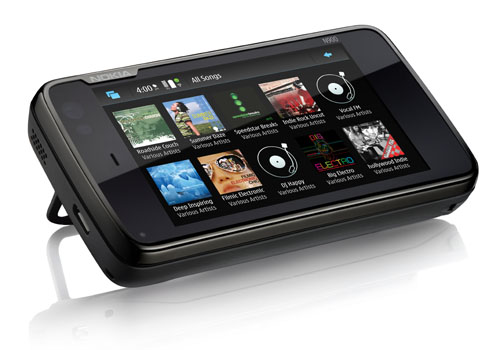The world’s largest handset maker Nokia is delaying the launch of its Linux-based N900 smartphone for a month, saying the company is waiting for feedback from Maemo developers.

The N900 offers a high-resolution 800 by 480-pixel WVGA touch screen display, an integrated slide-out QWERTY keypad, and a 5 megapixel video-capable camera with Carl Zeiss optics and a dual LED flash. Under the lid, the N900 sports an ARM Cortex-A8 processor and offers up to 1 GB of application memory plus 32 GB of storage—expandable to 48 GB via a microSD card. The N900 offers a Mozilla-based Web browser for a desktop-like browsing experience—online videos work, and the N900 supports Adobe Flash 9.4—and (unlike, say, the iPhone) the N900 can keep lots of applications running at the same time, so switching between tasks is simple and accessing content is as simple as navigating through the completely customizable dashboard. The N900 also packs assisted GPS, an FM transmitter for pushing tunes to (say) an in-vehicle audio system, Wi-Fi and Bluetooth wireless networking, and quad-band GSM/EDGE and 900/1700/2100MHz UMTS/HSPA connectivity.
Perhaps most importantly, the N900 is built on the Linux-based Maemo platform, offering capabilities like OpenGL graphics. Although Nokia has so far been adamant that it intends Maemo-based devices to complement, rather than replace, its existing Symbian smartphone offerings, industry watchers see Nokia betting more heavily on Maemo as it tries to compete with devices from Research in Motion, Palm, and (of course) Apple.
When Nokia introduced the N900 in August, the company was planning to launch the device in selected markets in October 2009 at a suggested price of €500.
Nokia just launched a patent infringement suit against Apple, claiming the iPhone infringes on ten Nokia communications-related patents.


